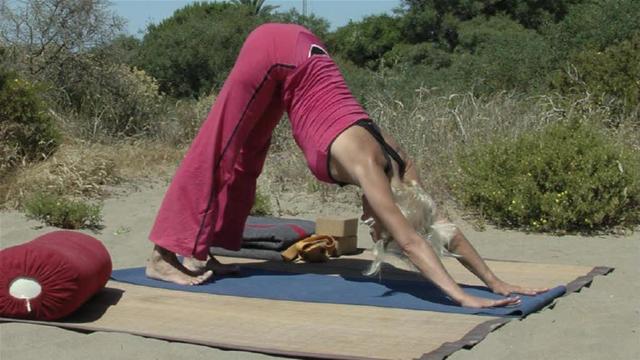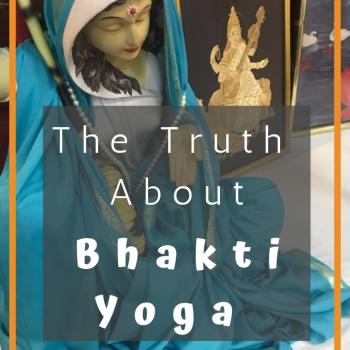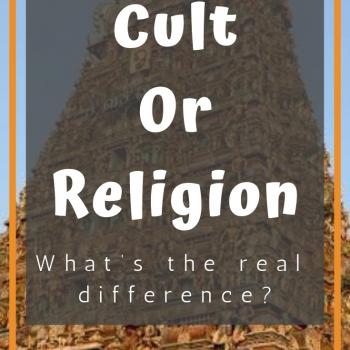In the west we hear the word “Yoga” and it brings one thing to mind…
The word actually encompasses a lot more than this!
Hatha Yoga is a popular form of exercise using poses (asanas). Practitioners often believe that it is a way to use physical movement for greater spiritual balance. Classes usually include periods of stillness and meditation as well as movement. As it becomes more and more popular for exercise and flexibility, some classes divorce yoga entirely from its spiritual origins.
The word “Yoga” itself means to yoke or join together and it was used in ancient times to mean a spiritual discipline. There are several branches of Yoga, only one of which is about movement. Today you might say a person of devotion is practicing bhakti yoga and a person who studies scripture is practicing jnana yoga, while a person who focuses on service to others is practicing karma yoga, etc.
Hatha Yoga all began with
The Yoga Sutras of Patanjali
which are thought to have been written some time between 100 BCE and 500 CE. In this text there are 8 “limbs” of yoga:
- Yama the five abstentions: how we relate to the external world.
Ahimsa: non-violence, inflicting no injury or harm to others or to one’s self.
Satya: truth in word and thought.
Asteya: non-covetousness
Brahmacharya: using sexual energy for connection to our spiritual self and not to use sexual energy in ways that might harm others. Also, responsible behavior with respect to our goal of moving toward the truth.
Aparigraha: non-possessiveness; non-hoarding
- Niyama the five observances: how we relate to ourselves, the inner world.
Shaucha: cleanliness of body and mind.
Santosha: satisfaction; satisfied with what one has.
Tapas: austerity and associated observances for body discipline and thereby mental control.
Svadhyaya: study of the Vedic scriptures to know about God and the soul, which leads to introspection on a greater awakening to the soul and God within,
Ishvarapranidhana: surrender to (or worship of) God.
- Asana: Discipline of the body: rules and postures to keep it disease-free and for preserving vital energy. Correct postures are a physical aid to meditation, for they control the limbs and nervous system and prevent them from producing disturbances.
- Pranayama: control of life force energies.
- Pratyahara: withdrawal of senses from their external objects.
- Dharana: concentration upon a physical object, such as a flame of a lamp, the midpoint of the eyebrows, or the image of a deity.
- Dhyana: steadfast meditation.
- Samadhi: oneness with the object of meditation.
-summarized from Wikipedia Yoga Sutras
Modern Yoga
Yoga as we know it today might not be as ancient as we usually think. This article provides an interesting history of the current Yoga poses.
“The evidence indicates that the transformation of yoga asana from a handful of seated poses to the flowing dance from posture to posture to which we are accustomed has largely occurred in the past 200 years, gaining momentum in the past half-century”
Modern Yoga likely began with T. Krishnamacharya who developed the techniques in Mysore in the 1930s and 40s.
Is Yoga a Religion?
Though it is a form of Hinduism (or at least it is one aspect that can be used in a practice of Hinduism), the lack of any dogma or requirement to worship a particular deity means that it can be practiced separately from the religion. It is a practice with which non-Hindus can feel very safe and comfortable. For many people it provides a touch of spirituality to their lives without taking on the full weight of a religion.
Though some people using Google seem to think so, Yoga is in no way “demonic.” It doesn’t worship anything, but is focused instead on helping you connect with your inner self. If asked to meditate or chant during class, it would only be chanting to the universe, God, love, or unity.
Is Yoga Safe?
The purpose of modern yoga is to create a healthier life by aligning the posture, breath, life energy, and body. It is said to increase flexibility and help support organs by creating better blood flow.
That said, it should always be undertaken with care and good guidance. Everything in life should be done in measure and too much of anything, even yoga, is not good.
The popularity of “hot yoga” makes me a little nervous. I’m not convinced that bikram yoga (heating the room excessively during the exercises) is beneficial. There is no support for this idea in yoga tradition. It was invented in the 1970s.
See: Too Much Yoga Can Hurt; Can Yoga Be Dangerous; Can Yoga Wreak Your Body; Hot Yoga Can Be Dangerous; Bikram Yoga is Idiotic and Dangerous.
***
I don’t practice yoga myself, but one of my colleagues here at Patheos has been documenting his journey in daily yoga.















